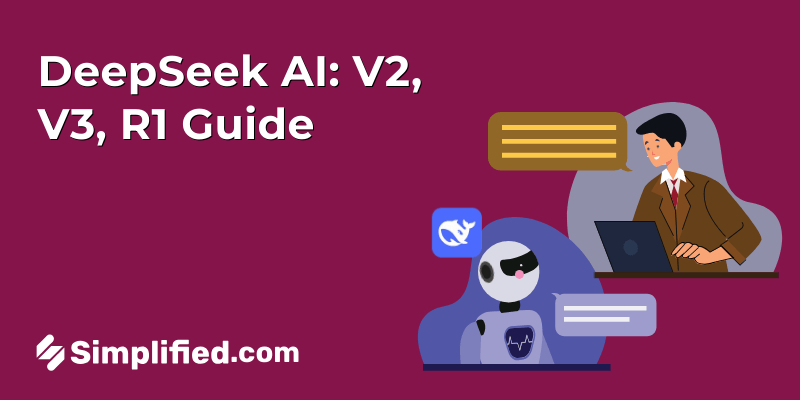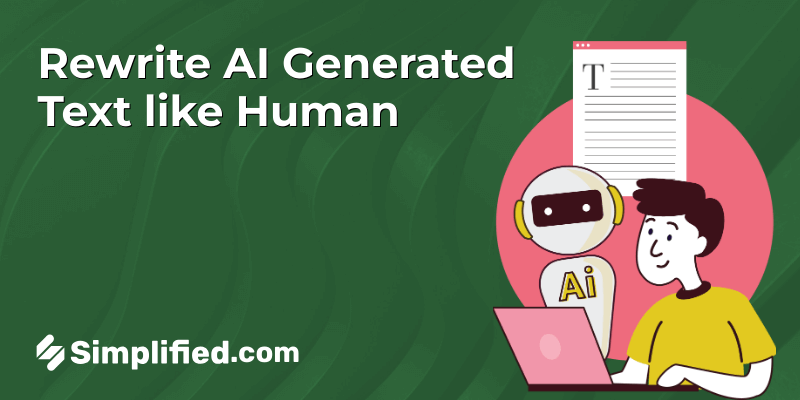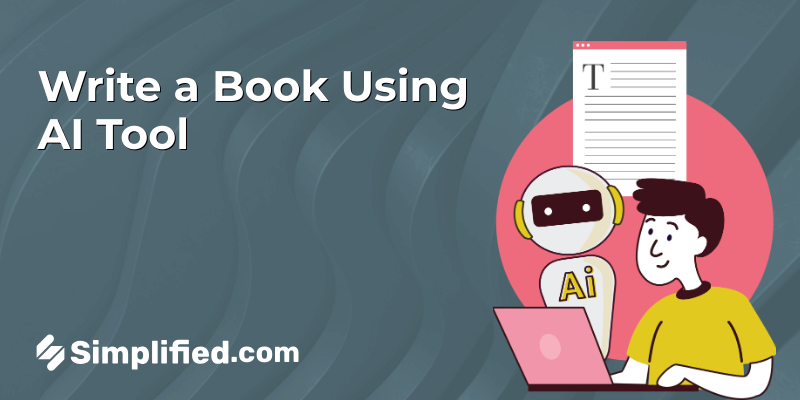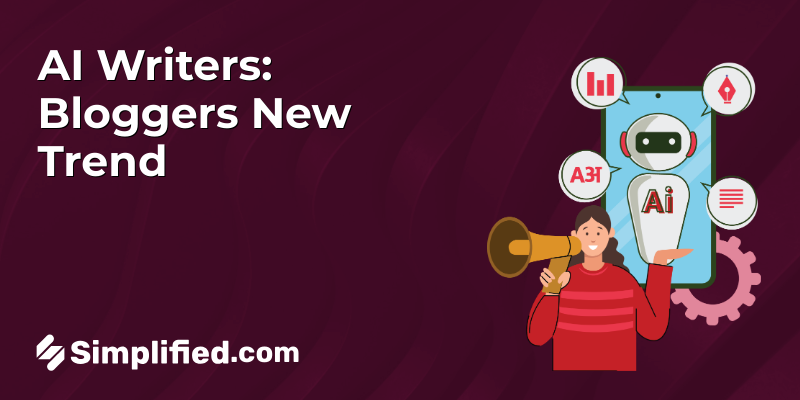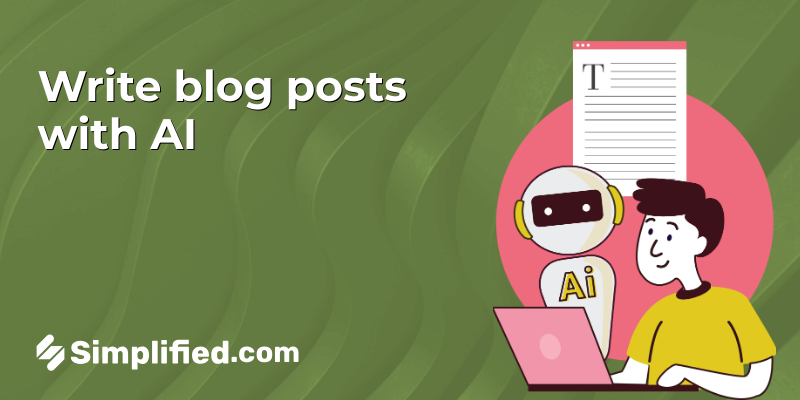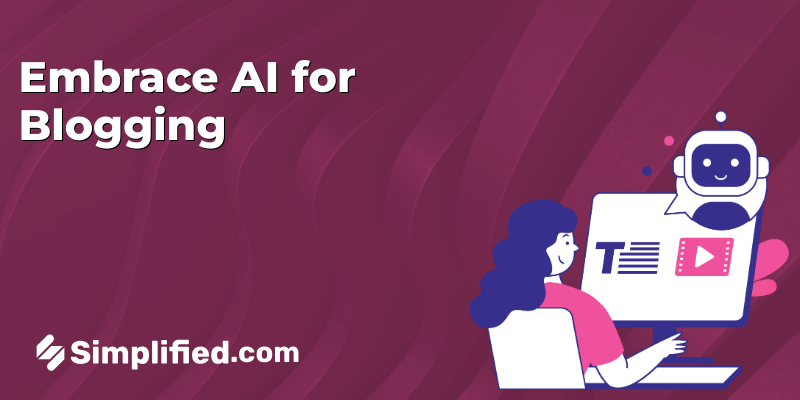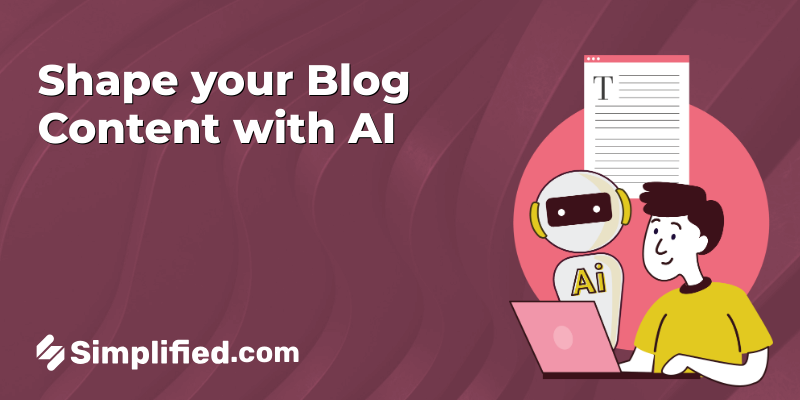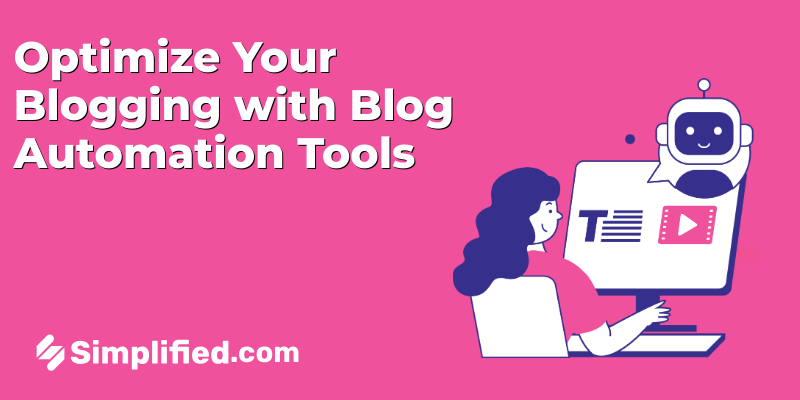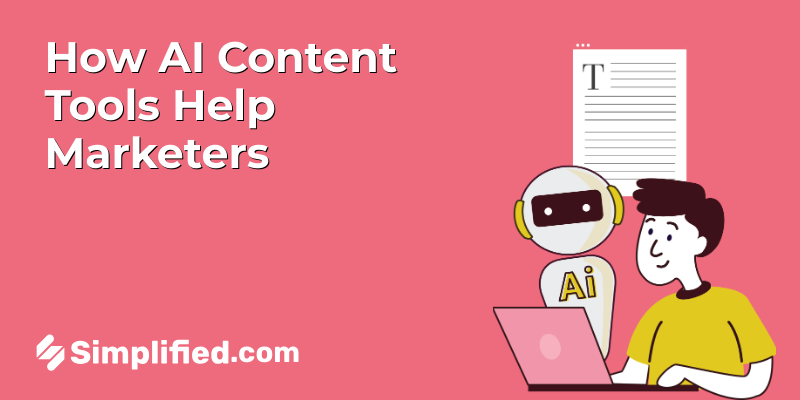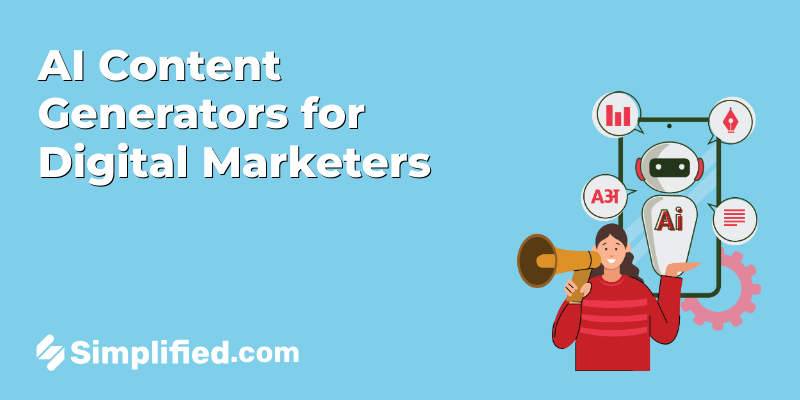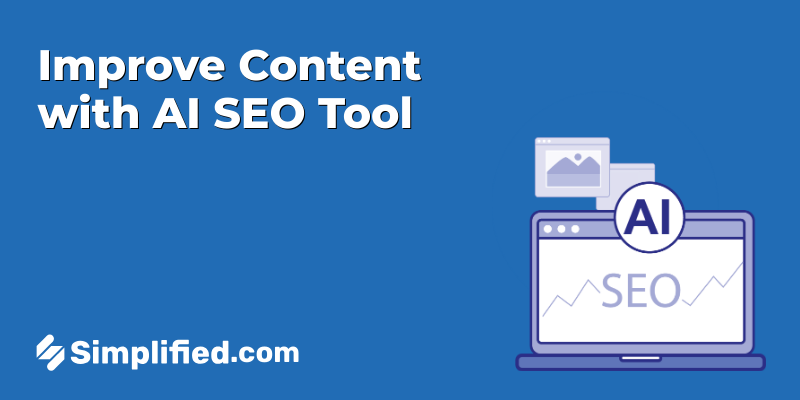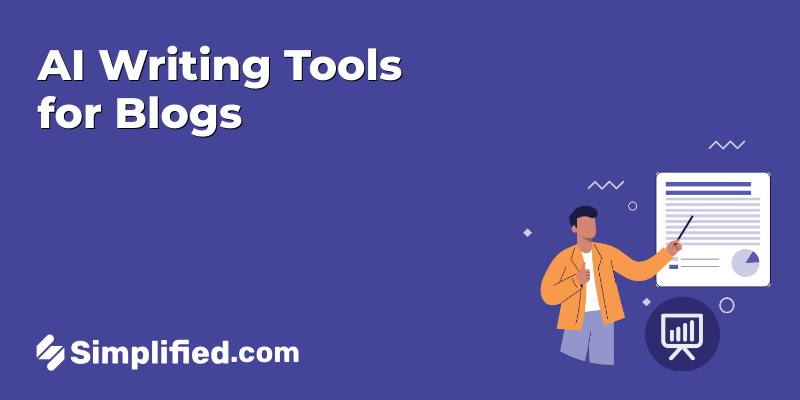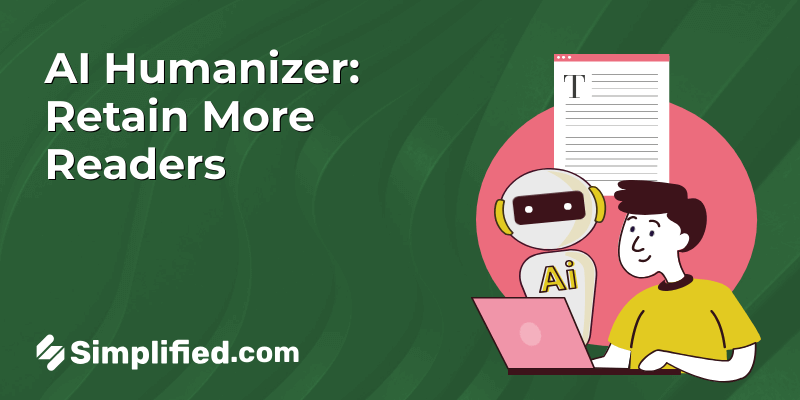
Imagine you’re reading a blog post, and halfway through, you feel like you’re talking to a robot instead of a real person. It’s stiff, clunky, and—honestly—a little boring. Sounds like the nightmare of any content creator, right? Well, that’s where AI humanizers come to the rescue! These magical little tools take the cold, robotic text churned out by AI and give it a much-needed dose of humanity—making it more natural, conversational, and (most importantly) readable.
Now, you might be wondering: Why does this matter? Reader retention. According to the Content Marketing Institute, 60% of marketers struggle with keeping readers engaged. And let’s face it—if your content sounds like a shopping list, your audience is bouncing. But with humanized AI text, you get the magic ingredient: readability. it becomes easier to read and more compelling, encouraging readers to stay longer.
In this post, we’ll break down the results of analyzing over 1,000 articles transformed with AI humanizers. Spoiler: it’s a game-changer for keeping your audience hooked.
Understanding AI Humanizers
What AI Humanizers Do
AI-generated text often sounds overly formal, stiff, or just plain awkward—like a robot trying to pass as human. AI humanizer steps in to smooth out these rough edges by making the content more natural, engaging, and readable.
Here’s how they improve AI-generated content:
- Tone Adjustment – Converts robotic or overly formal text into conversational, engaging language.
- Sentence Restructuring – Breaks up long, complex sentences for better flow and readability.
- Clarity Enhancement – Eliminates confusing phrasing and makes text more direct and understandable.
- Context Awareness – Helps align AI-generated content with the intended voice and audience expectations.
Simply put, AI humanizers bridge the gap between AI efficiency and human-like readability—ensuring content doesn’t sound like it came from a soulless machine.
How AI Text Humanizer Tools Work
These tools use natural language processing (NLP) and machine learning models to analyze text and refine it based on human writing patterns. Key functions include:
- Rephrasing – Swaps out awkward phrases for more natural alternatives.
- Sentence Expansion – Adds necessary detail to avoid choppy or incomplete thoughts.
- Tone Adjustment – Shifts between formal, casual, or professional tones based on the content’s purpose.
- Readability Enhancement – Improves text structure, making it easier to read and understand.
Most AI humanizers use large language models (LLMs) trained on vast amounts of human-written content, helping them predict more natural-sounding alternatives when rewriting AI-generated text.
Popular Best AI Humanizer Tools
If you’re looking for an AI text humanizer tool, here are some of the best options available:
1. Simplified AI Humanizer
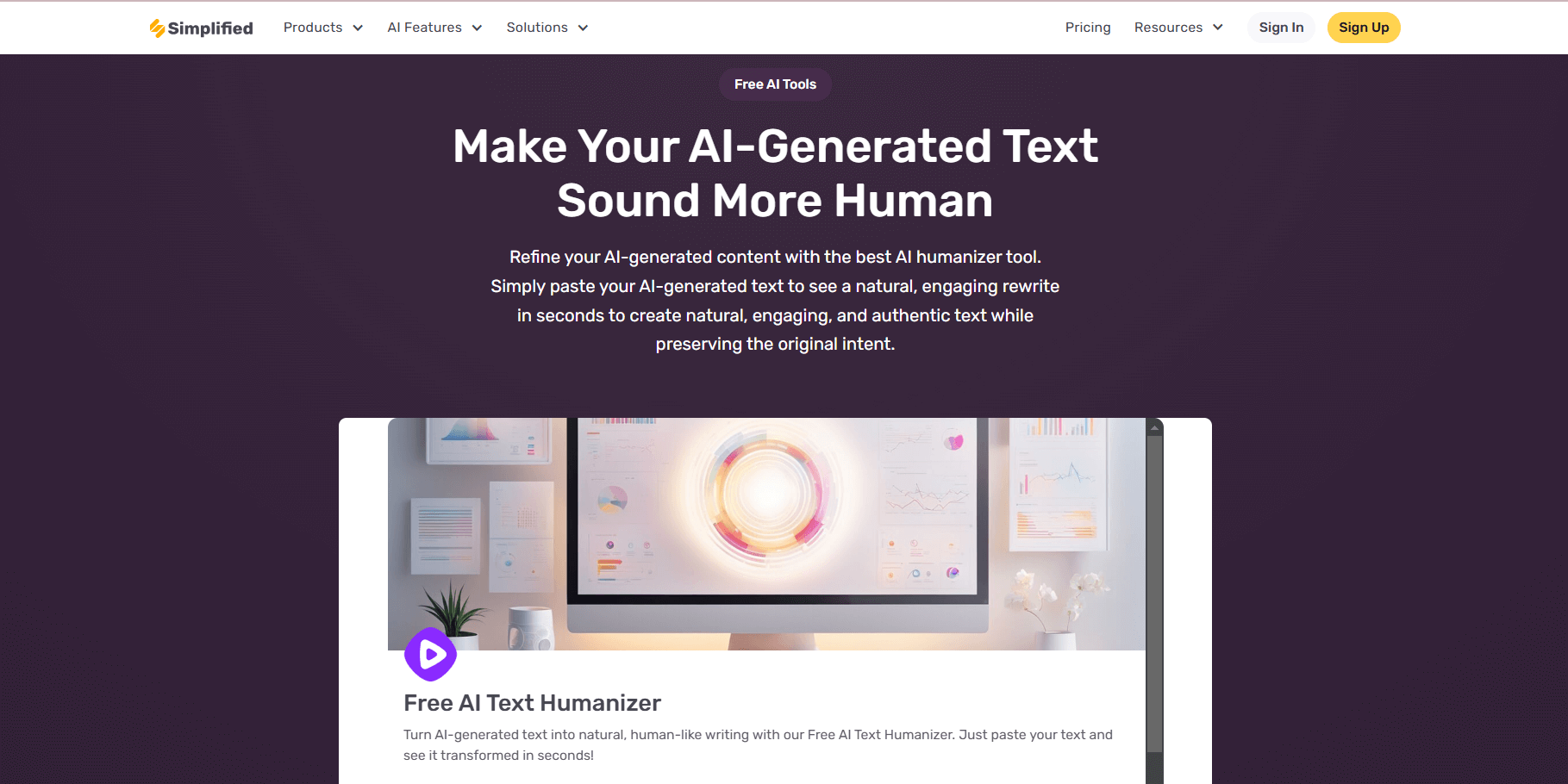
Simplified is a Free AI Text Humanizer tool that refines AI-generated text, improving tone, readability, and clarity. It adjusts sentence structure and word choice for a more natural, engaging style, making content easier to read. Additionally, it bypasses AI detection tools, ensuring the content sounds human and authentic.
2. QuillBot
A powerful AI text humanizer that specializes in paraphrasing, sentence restructuring, and improving readability. It helps refine AI-generated text to make it sound more natural while maintaining clarity.
3. Jasper AI
An AI writing tool designed to create human-like content. It offers tone adjustments, sentence variations, and rephrasing to transform robotic AI text into a more engaging, reader-friendly format.
4. Frase
Primarily an SEO-driven content tool, Frase includes AI humanizer features that optimize sentence flow, improve coherence, and refine AI-generated content for better readability and engagement.
These tools help content creators, marketers, and businesses make AI-generated text more relatable and engaging, ensuring that it resonates with human readers.
Bonus: How to Rewrite AI Generated Text as Human Content
The Connection Between Readability and Reader Retention
How Humanized AI Content Improves Readability

AI-generated text can feel robotic, leading to lower engagement and higher bounce rates. An AI Humanizer refines AI-generated writing, making it more natural and easier to read. Research shows that readers stay longer on content that flows smoothly and feels relatable.
Here’s how an AI Text Humanizer Tool improves readability:
- Shorter sentences – Long, complex sentences become concise and digestible.
- Simplified wording – Complicated terms are replaced with natural, reader-friendly alternatives.
- Better flow – The text feels like a human wrote it, not a machine.
Readability Metrics and Their Role in Reader Retention
Readability scores, like Flesch Reading Ease, measure how accessible a text is. Content that’s too dense or technical drives visitors away. AI humanizer tools adjust phrasing and tone to improve these scores, ensuring wider audience appeal.
A study of 1,000+ articles processed with an AI Humanizer Tool revealed:
- 20% lower bounce rates – Readers stayed longer on improved content.
- 35% longer average time on page – More engaging writing kept users interested.
- 15% more social shares – Better readability, increased content sharing.
These findings prove that humanizing AI text isn’t just about making content readable—it keeps audiences engaged and encourages them to interact with the material.
Study Methodology: How We Analyzed 1,000+ Articles
Data Collection Process
To measure the impact of AI Humanizer Tools, we analyzed 1,000+ articles, splitting them into two groups:
- AI-generated text – Raw, unedited AI content.
- Humanized AI content – Text refined using AI humanizer tools.
Articles were chosen based on topic diversity, writing complexity, and target audience to ensure a well-rounded dataset. The content spanned industries such as marketing, tech, health, and finance, covering both formal and conversational tones.
Metrics Used to Analyze Engagement
To assess reader retention, we tracked:
- Time on page – The longer a reader stays, the more engaging the content.
- Bounce rate – High bounce rates indicate readers leave quickly, often due to poor readability.
- Scroll depth – Measures how much of an article users actually read.
- Completion rate – Tracks how many users reach the end of an article.
By comparing these metrics, we identified how AI text humanizer tools improved engagement versus raw AI-generated content.
Bonus: How to Use AI to Write Blog Posts: Steps & Tips
Tools Tested
We tested multiple AI humanizer tools and AI detectors to gauge their effectiveness in refining AI-generated text. The tools included:
- Simplified AI Humanizer – Adjusts tone, sentence flow, and readability.
- QuillBot – Rephrases content for clarity.
- Jasper AI – Enhances AI-generated text for a more natural feel.
These tools were also cross-checked with AI detectors to verify how effectively humanized content blended with human writing. The goal was to see if refined text improved engagement without being flagged as AI-generated.
This methodology provided clear insights into how AI humanizer affects reader retention, helping us draw data-driven conclusions on their impact.
Key Findings: Does Humanizing AI Text Improve Retention?
Impact on Time on Page
Our study revealed that humanized AI text significantly increased engagement times. When compared to raw AI-generated content, articles refined with AI humanizer tools kept readers on the page for longer periods. In fact, articles that underwent humanization saw a 35% increase in average time spent on page. This demonstrates that natural-sounding, easily readable content holds readers’ attention better and encourages them to stay engaged.
Bounce Rate Reduction
Another notable finding was the reduction in bounce rates after humanizing AI-generated text. Humanized content was more engaging, clear, and less mechanical, making it easier for readers to follow. Bounce rates decreased by 20% in humanized articles, as readers found the content more inviting and relevant. When content feels more approachable and relatable, readers are less likely to leave the page immediately.
Improvement in Readability Scores
Humanizing AI text also led to a significant improvement in readability scores. We used standard metrics like the Flesch Reading Ease score to measure readability. Articles processed with AI humanizers achieved scores that indicated they were more accessible to a broader audience, including those who may struggle with more complex language. Improved readability scores correlate with higher user engagement and retention, as content that’s easy to read encourages people to consume it fully.
User Behavior Insights
To gain deeper insights into how readers interacted with humanized content, we analyzed heatmaps and scroll patterns. These tools allowed us to see exactly where readers spent the most time and where they tended to drop off. The results showed that humanized content kept readers engaged further down the page, with heatmaps indicating a more consistent engagement across the article. In contrast, raw AI-generated content showed a sharp drop-off in attention, especially in dense, robotic sections. This suggests that humanized text not only improves readability but also increases content engagement.
In summary, humanizing AI text resulted in better engagement, lower bounce rates, and higher readability scores, proving that these tools are not just about making content sound more natural but also about improving reader retention across various platforms.
Bonus: What If AI Could Write Your Best Social Media Posts? Learn How!
Common Pitfalls in Humanizing AI Text
- Overcorrection:
While refining AI-generated text is crucial, overhumanizing can result in content that feels too polished or forced, stripping away its authenticity. Therefore, it’s essential to make adjustments without compromising the original message or tone. - Tone and Context Issues:
Additionally, AI humanizer tools sometimes modify the tone or context of the text, leading to an overly casual or misaligned style. As a result, this can weaken the overall message and potentially confuse the intended audience. - Losing the Original Voice:
Furthermore, excessive use of AI humanizers can cause the writer’s distinct voice to fade, leaving the content feeling generic. To avoid this, balancing AI-driven edits with manual adjustments ensures that the original personality of the writing remains intact.
The Future of AI Humanizers
The Future of AI Humanizers holds exciting potential as technology advances and content creation needs continue to evolve. Here’s an in-depth look at what’s ahead:
1. Better Contextual Understanding
Future AI humanizers will understand content context deeply, adjusting tone and style based on the audience and purpose. This will ensure more relevant and targeted messaging.
2. Real-time Refinement
AI tools will enable real-time content improvement as it’s written, allowing creators to refine tone and readability instantly, saving time and improving content quality on the spot.
3. Cross-Cultural Adaptability
AI humanizer will be able to adjust content for different cultures and languages, ensuring that it resonates globally without losing its authenticity.
4. AI-Human Collaboration
Rather than replacing writers, AI humanizers will enhance human creativity by suggesting structure, tone, and content adjustments while preserving the writer’s unique voice.
5. Advanced Personalization
AI will deliver highly personalized content by analyzing user behavior and preferences, improving engagement by tailoring content to individual readers.
6. Ethical Standards and Bias Prevention
Future AI tools will address ethical concerns, automatically detecting biased language and ensuring content is accurate and trustworthy.
7. SEO and Content Performance Integration
AI humanizers will integrate with SEO and analytics tools to refine content based on engagement metrics, ensuring content is optimized for both readability and search performance.
8. Creative Storytelling
AI will evolve to support creative storytelling, analyzing emotional arcs and narrative structures to craft more engaging and emotionally resonant content.
9. Voice and Style Consistency
AI tools will better preserve the original writer’s voice, ensuring content remains consistent and aligned with brand identity.
10. Enhanced Engagement Metrics
AI humanizers will analyze and optimize content for specific engagement goals, improving user retention and encouraging deeper interaction.
Final Thoughts on AI Humanizer
AI humanizers are improving the quality of AI-generated content by making it clearer and more engaging. These tools help turn robotic text into content that feels more natural and easy to read. As AI technology improves, these tools will become more effective at adapting to different writing styles and contexts.
When choosing an AI humanizer, consider your specific needs, whether it’s for blog posts, marketing materials, or long-form content. Going forward, these tools will play a big role in making AI-generated writing more appealing and relevant to readers.







